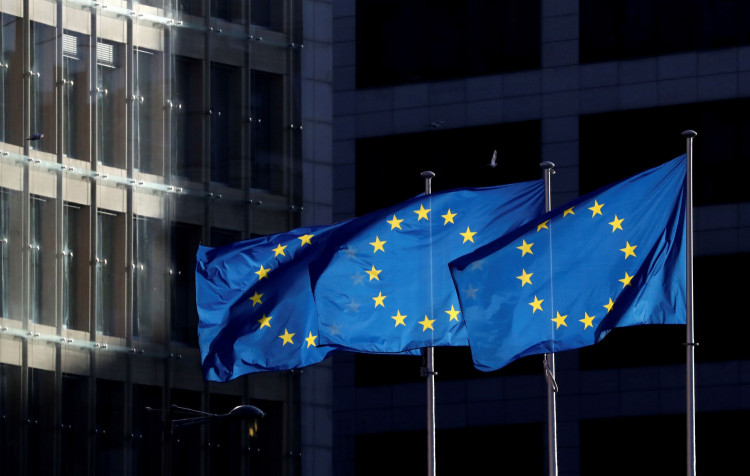Eurozone economic growth slowed sharply in the second quarter of 2025, expanding just 0.1% over the previous quarter as Germany's economy contracted and the early-year boost from tariff front-loading faded. The figure, reported Wednesday by Eurostat, outperformed analysts' flatline forecast but underscored growing pressure from U.S. trade policy.
The second-quarter reading marked a steep decline from the eurozone's 0.6% expansion in the first three months of the year. Growth over the same quarter a year earlier registered 1.4%.
"The slowdown in euro-zone GDP growth in Q2 came as no surprise as the boost from tariff front-running waned," said Jack Allen-Reynolds, deputy chief euro zone economist at Capital Economics. "The data suggest that the euro-zone has been resilient to the shifts in U.S. trade policy so far."
The deceleration comes as the European Union adjusts to a new trade agreement with the United States announced over the weekend, which includes a sweeping 15% import tariff on many European goods. Although some product categories are exempt and auto levies were rolled back to baseline levels, analysts warn the blanket tariff will subtract an estimated 0.2% from regional GDP this year.
Franziska Palmas, senior Europe economist at Capital Economics, said: "With the 15% U.S. universal tariff likely to subtract around 0.2% from the region's GDP, growth is likely to remain weak in the rest of this year."
Germany's economy, the largest in the bloc, contracted by 0.1% in the second quarter, according to preliminary data from Destatis. That figure, adjusted for seasonal and calendar effects, met expectations and followed a revised 0.3% expansion in the first quarter. Italy also posted a 0.1% decline, while France saw modest 0.3% growth due to rising inventories of autos and aircraft. Spain outpaced its peers with a 0.7% expansion.
Destatis noted that German investment in machinery, equipment, and construction weakened, while both private and government consumption rose slightly. Still, the economy remains the same size it was before the pandemic in 2019, as German industry grapples with higher energy costs, labor shortages, and increasing competition from China.
Bond market reaction was muted, with German and French 10-year yields up by less than one basis point following the data release.






